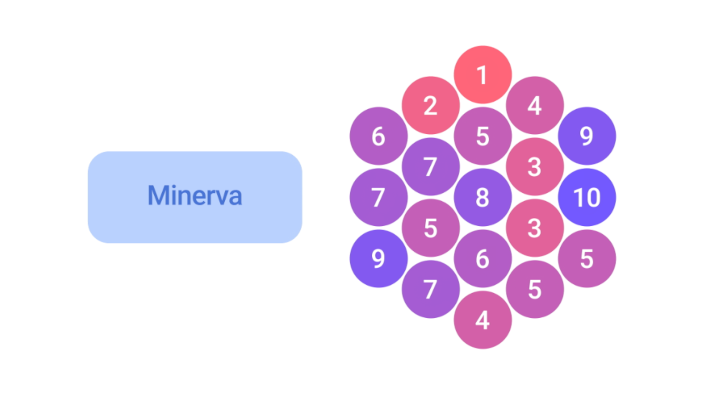 AI
AI
 AI
AI
 AI
AI
Google LLC today detailed Minerva, an internally developed neural network that can answer mathematical questions and tackle other complex topics such as physics.
Minerva is a natural language processing model. In recent years, researchers have developed highly sophisticated natural language processing models that can perform tasks ranging from writing essays to translating text. But according to Google, those neural networks have so far demonstrated a limited ability to tackle so-called quantitative reasoning problems such as math questions.
“Quantitative reasoning is one area in which language models still fall far short of human-level performance,” Google researchers Ethan Dyer and Guy Gur-Ari explained in a blog post. “It is often believed that solving quantitative reasoning problems using machine learning will require significant advancements in model architecture and training techniques.”
Google based Minerva on a neural network dubbed PaLM that it debuted in April. PaLM features 540 billion parameters, the settings that determine how an artificial intelligence system makes decisions. OpenAI’s sophisticated GPT-3 system features about 175 billion parameters.
Google trained Minerva on a dataset that included 118 gigabytes of scientific papers and web pages containing mathematical expressions. While assembling the training dataset, Google didn’t remove “symbols and formatting that are essential to the semantic meaning of mathematical expressions.” As a result, Minerva learned how to express the answers that it generates using standard mathematical notation.
Minerva relies on a number of cutting-edge AI techniques to solve math and science questions.
One of the AI methods implemented by Google is known as chain-of-thought prompting. With chain-of-thought prompting, researchers don’t simply instruct an AI to answer a question, but also attempt to have the AI explain how it went about calculating the answer. In some cases, this approach enables neural networks to solve problems that would otherwise be too complicated.
Google also configured Minerva to generate several potential answers when evaluating a question. In the case of math problems, Minerva can even find multiple ways of calculating the same result. The neural network then compares the different solutions that it generated and selects the one most likely to be the correct answer.
The researchers tested Minerva’s accuracy by having it answer questions spanning multiple fields including math, physics and chemistry. Some of the questions focused on advanced topics such as astronomy and differential equations. “In all cases, Minerva obtains state-of-the-art results, sometimes by a wide margin,” Dyer and Gur-Ari wrote.
“While machine learning models have become impressive tools in many scientific disciplines, they are often narrowly scoped to solve specific tasks,” the researchers wrote. “We hope that general models capable of solving quantitative reasoning problems will help push the frontiers of science and education.”
Support our mission to keep content open and free by engaging with theCUBE community. Join theCUBE’s Alumni Trust Network, where technology leaders connect, share intelligence and create opportunities.
Founded by tech visionaries John Furrier and Dave Vellante, SiliconANGLE Media has built a dynamic ecosystem of industry-leading digital media brands that reach 15+ million elite tech professionals. Our new proprietary theCUBE AI Video Cloud is breaking ground in audience interaction, leveraging theCUBEai.com neural network to help technology companies make data-driven decisions and stay at the forefront of industry conversations.